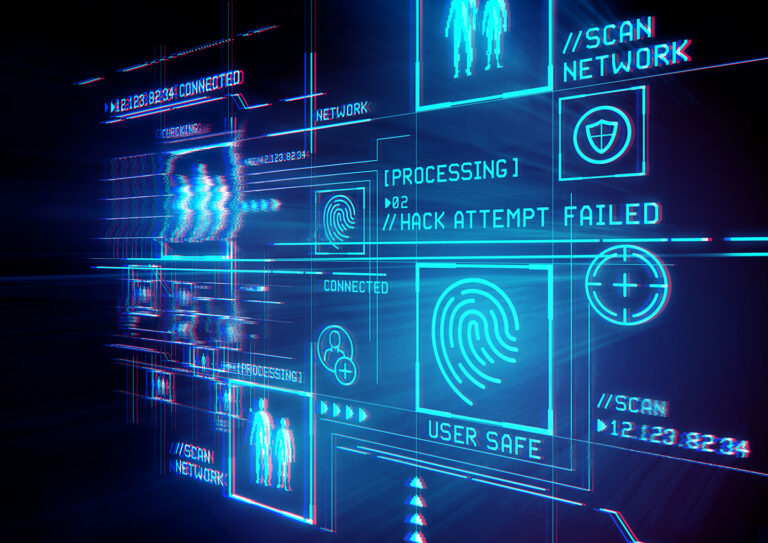As dependence on internet connectivity grows for work, school, gaming, web services, and more, so too have disruptive threats unleashed by anonymous attackers. Adversaries utilize convenient turnkey IP stresser sites to harness the power of botnets for launching overwhelming denial-of-service data floods.
Ip stresser threat landscape
Booter websites provide user-friendly web interfaces for selecting denial of service attack strength, duration, and other configurations powered by networks of malware-compromised devices. Attackers essentially rent access to these assembled botnets aimed at businesses, gaming sites, and other victims. Prices often start around just $10 per day for small assaults up to monthly plans with bespoke options yielding attacks over 50 Gbps powered by dedicated servers.
These DDoS weapons now menace companies across practically all industries as once-obscure stresser capabilities democratize. Attack motivations run the gamut from personal grudges by angry ex-employees or customers through hacktivist statements against controversial firms to profit-seeking extortion schemes paralyzing operations until ransom gets paid. The anonymity behind Bitcoin payments coupled with technical protections used by stresser sites severely limit legal authorities’ ability to pursue most attackers directly today.
Managing risk starts internally
Threats locked to curb in the near term, organizations must implement prudent safeguards internally securing infrastructure and assets. IT and security teams should begin stress-testing networks with synthetic floods revealing limits of connectivity, hardware, load balancers, critical chokepoints, and other soft spots. Hardening detected vulnerabilities by expanding capacity, implementing stricter access controls, developing alternative communication methods for staff, isolating public-facing systems from internal resources, and crafting emergency IT response plans helps strengthen posture across experiences.
what is the best IP Booter? Enabling advanced DDoS mitigation protections via content delivery networks and anti-DDoS providers adds further shields filtering and absorbing malicious traffic when strikes slip past perimeter defenses. Adding extra scrutiny by reviewing logs for signs of odd connections, suspicious credential use attempts, or unfamiliar inbound data requests allows quicker response activating layered controls to limit damage.
Empower people to enhance security
Technical controls only extend so far securing environments without people adopting more conscientious connectivity habits and assisting with monitoring. Employees should use unique complex passwords across accounts, enable multi-factor authentication wherever possible, avoid accessing unprotected Wi-Fi networks in public locations, install comprehensive endpoint protection on local devices, think twice before opening unsolicited attachments, and remain wary of sharing personal information online broadly.
IT admins must also clearly communicate threats to staff and offer constructive training for identifying tell-tale warning signs like phishing attempts, fraud alerts, or unusual server activity. Promoting user engagements by responsibly reporting suspected compromises or warning colleagues about suspicious messages is viewed empower community policing and tightening security across organizations. People ultimately implement controls and remain an organization’s best early detection layer noticing subtle indicators of trouble often missed by sensors.
Planning communications and reactions
Resilient operations require planning reactions beyond just technical protections to account for inevitable incidents. Companies should devise tiered communication plans providing phased transparency to customers when services get disrupted by attacks. Detailed post-incident reviews help strengthen institutional readiness by scrutinizing steps working or needing adjustment during each response phase. Proactively warning customers of illegal DDoS threats faced by all organizations strengthen credibility by acknowledging external adversity resiliently overcome. Limited-time sales assisting affected users after incidents and consistent brand presence reminding audiences of enhancements made following attacks demonstrate responsiveness and help rebuild engagement.


Comments are closed.